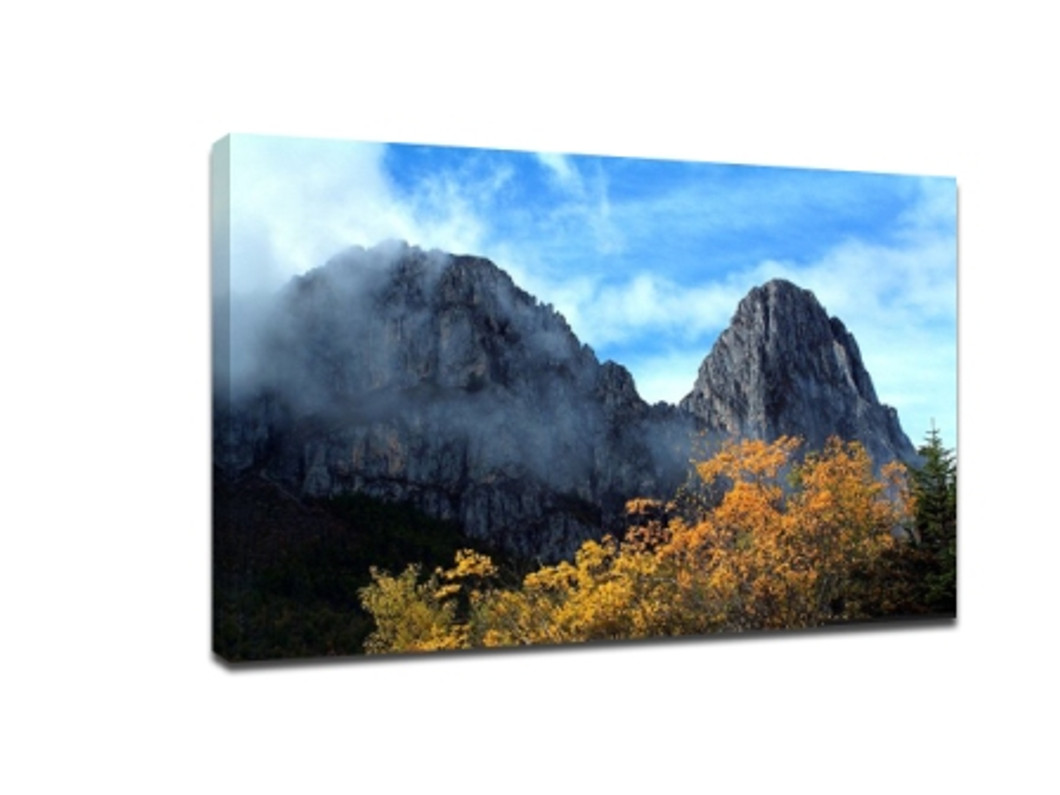The Importance of Choosing Focus When Taking a Photo: Tips for Capturing Stunning Images
Photography is a wonderful art form that allows us to freeze moments in time, preserving memories for years to come. But to truly elevate your photos, mastering the art of focus is key. When you capture an image, focus not only enhances the clarity of your subject but also plays a significant role in the overall composition of the shot. If you’re thinking about turning your photos into works of art, consider showcasing them as canvas prints. These prints add a personal touch to your home or office, but the clarity and impact of the image depend on how well you’ve focused your lens.
In this blog, we’ll explore why focus is so important in photography and provide you with some valuable tips to make your photos stand out.
Why Focus Matters:
Focus refers to the sharpness or clarity of your image. In photography, the subject you focus on is what will appear crisp and clear in the final image. Whether it’s a portrait, a landscape, or an architectural shot, the right focus can transform a good photo into a great one.
Without proper focus, your image may appear blurry or unprofessional, which detracts from the impact of the photograph. In essence, focusing allows you to direct the viewer’s attention to the most important part of your photo, creating a more engaging and aesthetically pleasing composition.
Tips for Choosing Focus:
Here are some expert tips to help you choose the right focus when taking a photo:
-
Understand Depth of Field:
Depth of field (DOF) refers to the area of the image that is in focus. A shallow depth of field means only a small portion of the image is sharp, while the rest becomes blurred (a technique often used for portraits). On the other hand, a large depth of field ensures that more of the image is in focus (great for landscape shots). By adjusting your aperture settings, you can control the depth of field and decide which parts of your image should remain sharp. -
Use the Rule of Thirds:
The rule of thirds is a fundamental compositional technique in photography. By mentally dividing your image into nine equal parts (two horizontal and two vertical lines), you can place the main subject of your photo at one of the intersecting points. This not only improves the focus but also creates a visually balanced image. Remember to focus on the subject at one of these points to draw the viewer’s eye immediately to it. -
Manual Focus for Precision:
While autofocus is convenient, there are situations where manual focus is more effective. For example, if you're shooting through glass, in low light, or with a subject that has intricate details, autofocus may struggle. In such cases, using manual focus will give you more control, ensuring that your photo remains sharp exactly where you want it. -
Focus on the Eyes in Portraits:
When taking portraits, one of the most important things to focus on is the eyes. The eyes are the window to the soul, and ensuring they are in sharp focus will give your portrait depth and life. Make sure to focus on the eye closest to the camera to create a more compelling and engaging shot. -
Create Contrast with Background Blur:
Sometimes, the background is just as important as the subject, but it can become distracting if it’s too sharp. By using a shallow depth of field, you can blur the background and create a pleasing contrast with your subject. This effect is particularly effective when photographing objects or people in front of a busy or cluttered backdrop. -
Focus Lock for Moving Subjects:
When photographing fast-moving subjects (like athletes, pets, or children), it can be difficult to maintain focus. One useful technique is to use the focus lock feature on your camera. This allows you to focus on a moving subject and lock in the focus before taking the shot. It’s a great way to ensure your subject remains in sharp focus even if they’re moving quickly. -
Test Focus in Different Lighting Conditions:
Focus can behave differently under various lighting conditions. In low light, cameras tend to struggle with autofocus, so you may need to manually adjust the focus. On the other hand, in bright, natural light, autofocus systems work optimally, making it easier to achieve sharp focus. Make sure to test your focus in different lighting conditions to ensure consistent results.
Choosing the right focus is a vital step in taking high-quality, professional-looking photos. Whether you’re capturing a cherished family moment, an outdoor landscape, or a piece of art to display on your wall, focus ensures that your subject is sharp and clear, giving your photo a polished, finished look.
When it comes time to showcase your images, consider turning them into beautiful canvas prints. They’ll not only add a personal touch to your space but also bring out the full beauty of your well-composed photos. Remember, focus isn’t just about clarity — it’s about creating a visually striking image that tells a story and engages your audience.
Recent Posts
-
How to Arrange Personalized Canvas Prints for Wall: Smart Layout & Styling Tips
When decorating a home, few elements are as meaningful—and visually striking—as personalized canvas …26th Nov 2025 -
The Ultimate Guide to Choosing Personalized Canvas Photo Prints for Your Space
If you are looking to turn your favourite photos into meaningful wall decor, personalized canvas pri …25th Nov 2025 -
Five Reasons Large Canvas Prints Are the Ideal Wall Decor for Your Living Room
Creating a warm, stylish, and inviting living room is a goal shared by many homeowners, and choosing …21st Nov 2025
